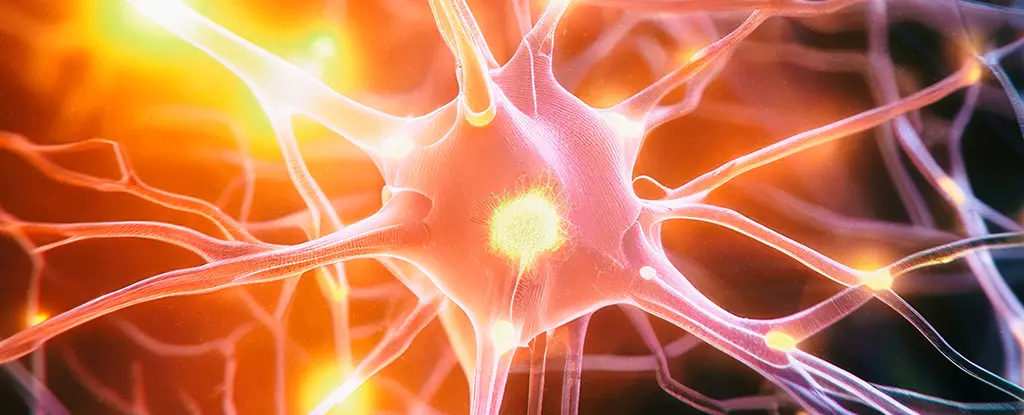Parkinson’s disease is often primarily recognized for its hallmark motor symptoms, which include tremors, rigidity, and slowness of movement. However, the impact of this progressive neurodegenerative disorder extends far beyond physical manifestations. One of the most troubling aspects that accompanies Parkinsonism is the decline in cognitive faculties, severely affecting patients’ mood and quality of life. As researchers continue to explore the intricate relationship between motor dysfunction and cognitive decline, new therapeutic avenues are emerging that may offer hope for enhanced management of Parkinson’s, particularly concerning cognitive impairment.
Recent advancements have led to significant developments in potential treatments targeting cognitive deficits within the context of Parkinson’s disease. A promising candidate, known as PNA5, emerges as an innovative short peptide drug that appears to demonstrate remarkable effects in reversing memory decline associated with vascular dementia. Derived from studies focused on regulating blood pressure, PNA5 operates through a unique mechanism that warrants further exploration in the context of neurodegenerative diseases. Developed by researchers at the University of Arizona, this compound’s design is predicated on its capability to effectively target specific receptors while maintaining a favorable degradation profile within the body.
In preclinical research conducted on mice exhibiting Parkinson-like symptoms, scientists sought to investigate the efficacy of PNA5 in restoring cognitive function. The methodology involved assessing both behavioral responses indicative of memory performance and analyzing brain tissue samples to optimize the understanding of PNA5’s effects on neuronal health. Remarkably, results indicated that the administration of PNA5 led to notable improvements in recognition memory and spatial working memory, suggesting an ability to counteract cognitive deficits that typically accompany Parkinson’s disease.
The Role of Microglia and Neuroinflammation
One precise observation from the study involved the modulation of microglia, specialized immune cells residing in the brain. Under normal circumstances, microglia function as the brain’s defense mechanism, hunting down pathogens and secreting protective substances to facilitate healing. Unfortunately, in the context of chronic neurodegeneration such as Parkinson’s, these cells can become hyperactivated, perpetuating a cycle of neuroinflammation and contributing to the loss of neuronal integrity.
The research team led by neurobiologist Kelsey Bernard noted that treatment with PNA5 effectively reduced the overactive state of microglia within the hippocampus, a region of the brain closely linked to memory and learning. By restoring microglial function to a relative baseline, PNA5 not only mitigated inflammation but also slowed the attrition of vital brain cells in this area. Such findings suggest that the peptide could play a dual role—addressing cognitive symptoms and forestalling further degeneration in affected regions of the brain.
While the preclinical results are heartening, the journey toward a viable human treatment remains fraught with challenges. Researchers emphasize the need for comprehensive safety and efficacy testing of PNA5 in clinical trials involving human subjects. Progress in this area will be instrumental in determining how well the promising effects observed in murine models translate to a human context.
Moreover, it’s critical to broaden the scope of inquiry surrounding PNA5 and its multifaceted impact on cognitive functions. As neurodevelopmental biologist Lalitha Madhavan astutely points out, a significant percentage of Parkinson’s patients already present with mild cognitive impairment at the time of diagnosis—a factor that underscores the urgency of addressing cognitive decline promptly.
The possibility of leveraging PNA5 to address the cognitive symptoms associated with Parkinson’s disease signifies an important step forward in the search for innovative therapies. The intersection of motor dysfunction and cognitive decline presents a complex challenge for medical science, yet breakthroughs like PNA5 offer a beacon of hope for patients and their families. As researchers continue to unveil the intricacies of Parkinson’s disease and its associated cognitive impairments, there remains a palpable sense of optimism that novel treatments may soon change the landscape of care for those affected by this devastating condition.


Leave a Reply